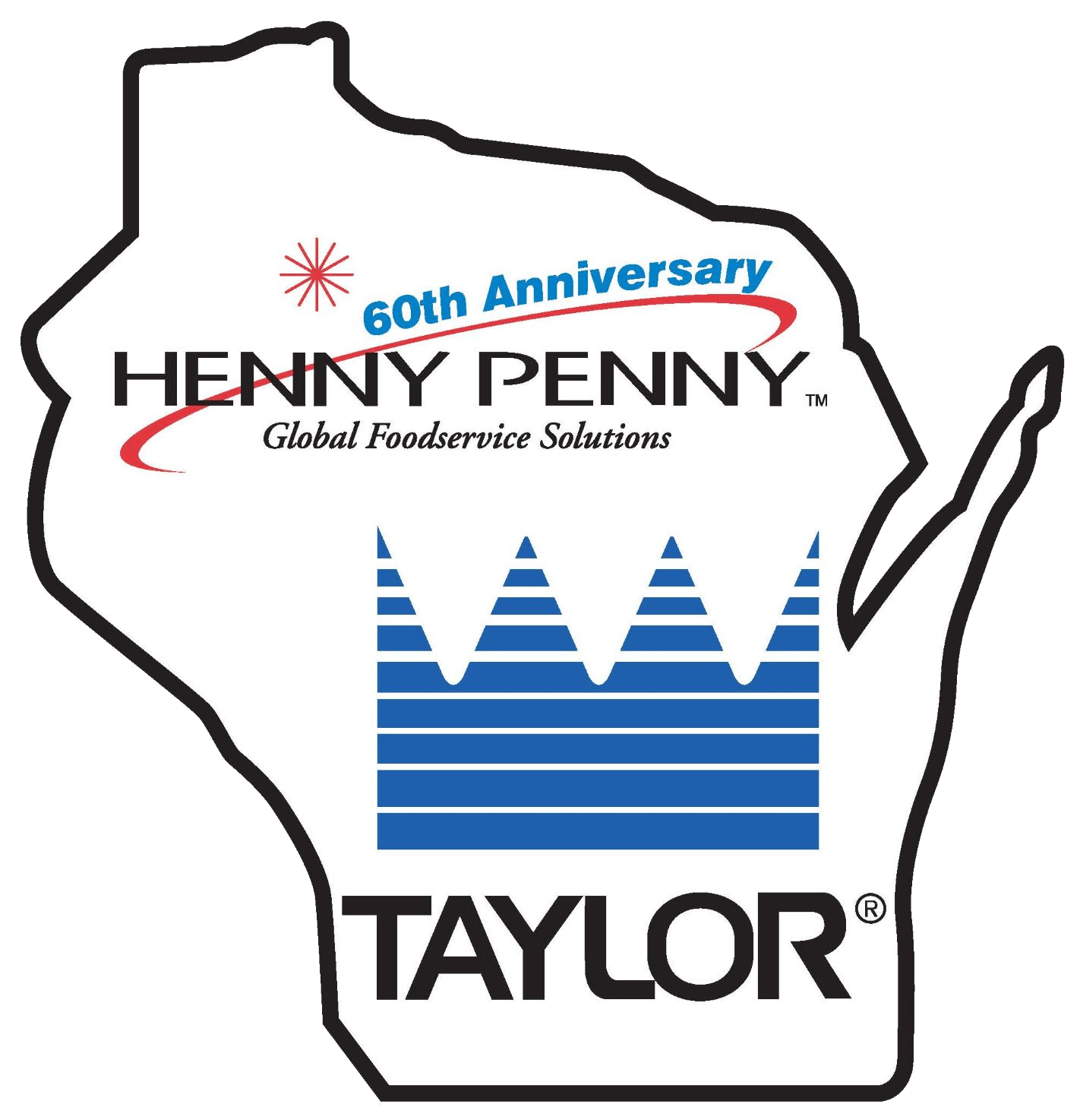Commercial grills and griddles are one of the most important pieces of commercial restaurant equipment. These kitchen workhorses are the heart of any restaurant kitchen, making the decision for a new piece of equipment a critical and significant investment. Because of the importance, don’t hesitate to contact an expert that can assist with the selection and connect businesses with the right commercial restaurant grill for sale.
What menu items can be produced on a commercial grill and griddle?
Commercial grills and griddles are versatile and can be used to produce breakfast, lunch, and dinner items, such as (but not limited to):
- Pancakes,
- Bacon and sausage links,
- Burgers,
- Sandwiches,
- Steaks,
- Salmon,
- Paninis,
- Poultry,
- Eggs,
- Vegetables,
- Chicken.
What makes a commercial grill and griddle right for a business?
There are a number of commercial grills and griddles on the market. These products are sold as a grill, commercial counter griddle, or combination of both. Choosing the right commercial grill or griddle is based on many factors:
- Size of Griddle/Grill. Commercial griddles and grills come in different sizes, typically in 24-inch increments. The right size grill or griddle has the capacity to meet customer demand quickly and efficiently, especially during busy times. Beyond the size of the cooking surface, the size of the equipment should also be a consideration. The new grill or griddle needs to fit into the kitchen without compromising kitchen flow and staff efficiency.
- Gas or Electric. Fuel source should always be a factor in the decision between grills. Some kitchen staff prefer gas, while other managers use the operational costs of the grill as a chief concern. If a new grill uses a different fuel source (i.e. new grill uses gas while old grill uses electricity), some research should be done into the conversion process. In some cases, converting to another fuel source incurs significant time and cost.
- Plate Quality. Commercial grill plates come into direct contact with the food, making plate quality an integral part of any commercial grill and griddle. Thicker plates are an investment that makes sense for businesses who anticipate using the appliance frequently and for intense warm-ups (such as frozen items). For restaurants who anticipate only light use of the grill, a thinner plate may suffice.
- Accurate Temperature. Every menu item should be cooked at a precise temperature. For efficiency, many grills have customized controls that can be programmed for current menu items. These controls should be easy-to-use and have the capacity to grow with the menu.
